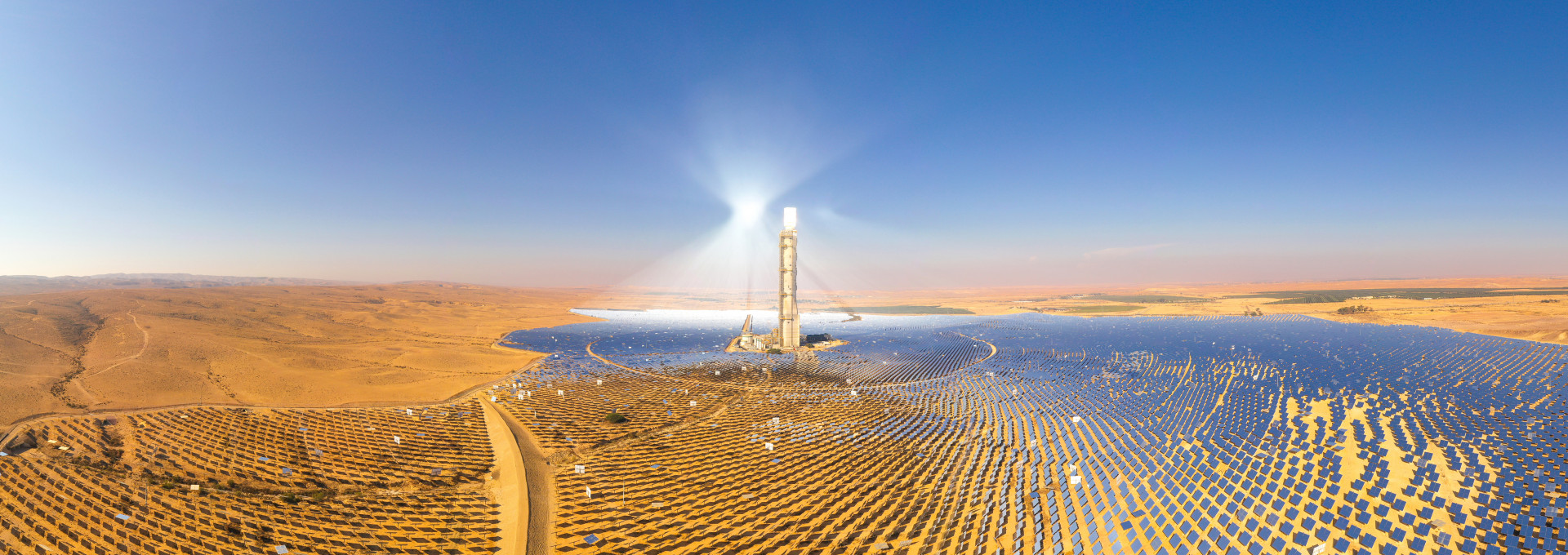



Carbon dioxide – or CO2 for short – is known mainly as a driver of climate change. But now there are several ways to use CO2 as a natural resource. For example, this greenhouse gas can be used to produce gasoline. Doing that requires carbon monoxide (a compound with the chemical formula CO) and hydrogen (an element with the symbol H).
Carbon monoxide and hydrogen can be extracted from CO2 and water. But that takes a lot of energy because both CO2 and water molecules are very stable and hard to break down into their components. So the Helmholtz Climate Initiative is developing a new way to split these molecules, so-called solar thermochemical cycles (TCC).
The new method uses heat from the sun as an energy source to initiate a series of chemical reactions that produce the required substances, hydrogen and carbon monoxide, from water and CO2. The process requires chemicals that are recycled in the end, resulting in a closed cycle. In a new project briefing from the Helmholtz Climate Initiative, Enric Prats, Nathalie Monnerie and Martin Roeb from the German Aerospace Center (DLR) explain how the process works and what the resulting substances can be used for.